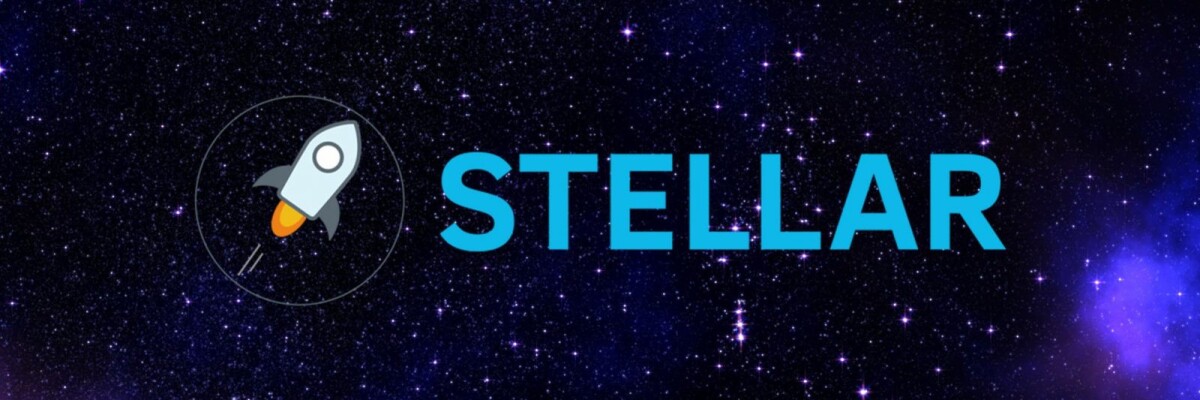The New York Times published a list of people leading the blockchain revolution. It included Vitalik Buterin (Ethereum), Jihan Wu (Bitmain), Elizabeth Stark (Lightning Labs) and other famous people in the...
The New York Times published a list of people leading the blockchain revolution. It included Vitalik Buterin (Ethereum), Jihan Wu (Bitmain), Elizabeth Stark (Lightning Labs) and other famous people in the cryptoworld. Among the ten most influential crypto-personalities mentioned was Jed McCaleb, the co-founder of the crypto-currency Stellar.
Stellar ranks seventh in popularity among crypto-currencies. As soon as the rating was published, the coin's rate went up sharply and at the time of writing the article (08/07/2018) it was $0.209951 per coin, which is easy to see if you follow Stellar's rate online.
The success of McCaleb was probably one of the reasons that prompted Vitalik Buterin to express his wish that "centralized crypto-exchanges burn in hell."
The activity of the Stellar co-founder proved to be so effective due to his good selection of companies with whom he collaborated with. No one doubts the achievements of Jed McCaleb, but in the cryptosphere it is widely believed that the altcoin could have gained more popularity through further efforts to develop.
Earlier, McCaleb was actively engaged in the creation and promotion of Mt.Gox. Then came his time at Ripple - he was also a co-founder in this company. After several years of success he left Ripple and became one of the founders of Stellar.
Information
Stellar (STR and XLM) is a decentralized platform created in 2014 . You can exchange any cryptocurrency or fiat currency on it. The electronic currency system of XLM acts as an internal accounting unit for the exchange of any asset.
It works like this. Suppose that you have Bitcoin and you want to give your friend a birthday present, but in another currency. For example, you want to exchange Bitcoin for NEO, or perhaps Platincoin (PLC). You can also send them to a USD bank account. To do this, you need to register with Stellar, then verify, and finally select any form of currency offered from the system. Commission for conducting the transaction — 0.0001 XLM which is paid in XLM.
Stellar is, in fact, a fork of Ripple and used the same protocol until 2015.
But users and experts claimed that Ripple was:
- a commercial company that created the project and , accordingly , works primarily for its own benefit;
- a platform with closed-source code, so all changes could only be made by developers;
- a coin where all XRP were concentrated in the hands of the company, which allowed them to artificially understate or overstate the rate.
A good solution to all of these problems was to create a fork from Ripple, which was implemented by Jed McCaleb and Joyce Kim.
So, in 2015 they developed their own protocol for Stellar with an open-sourced code. At first, the cryptocoin was called Stellar (STR) and then later Lumens (XLM).
The mission of the company is to fight poverty by creating available and low-cost financial tools: cheap credit and reliable savings accounts.
What is different about Stellar
- It is a decentralized platform with equality of participants and an open-sourced code. It can process operations at a high speed (about a thousand per second) with a confirmation in about 5 seconds.
- It is synchronized with the banking system and supports most cryptocurrencies.
- To ensure the security of the system, autonomous nodes and cryptographic encryption are used.
- Developers initially did not expect Stellar to be mined. A total of 100 billion coins were issued and belong to the non-profit organization stellar.org.
Share this with your friends!







Be the first to comment
Please log in to comment